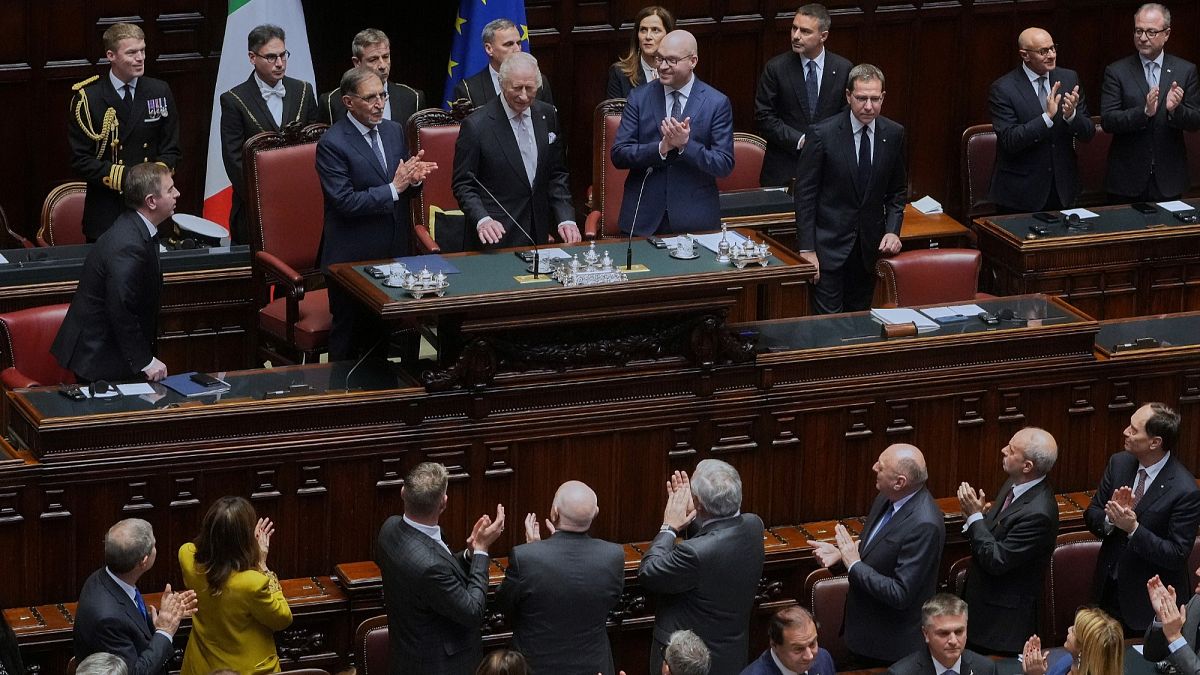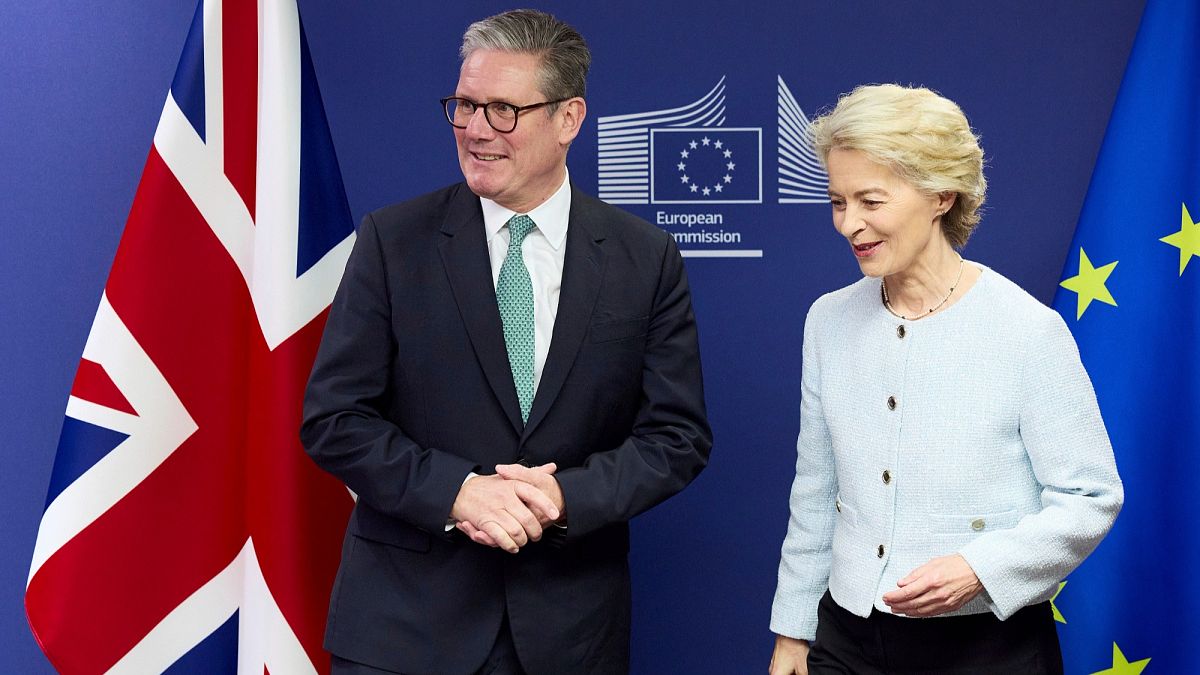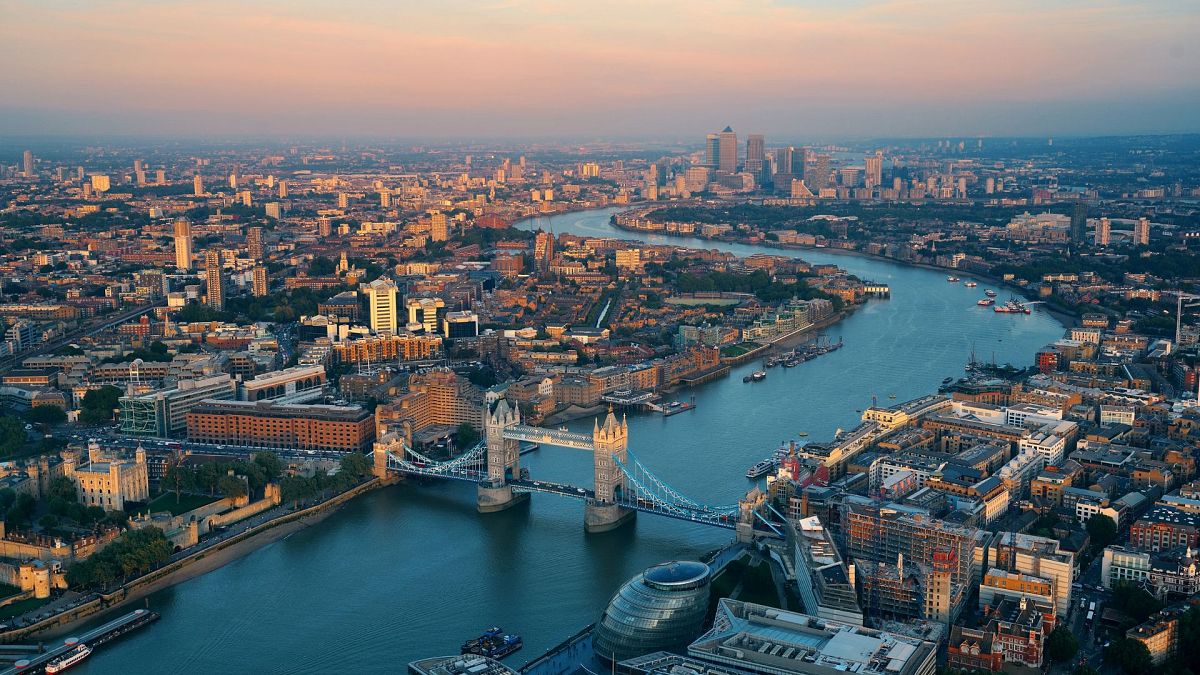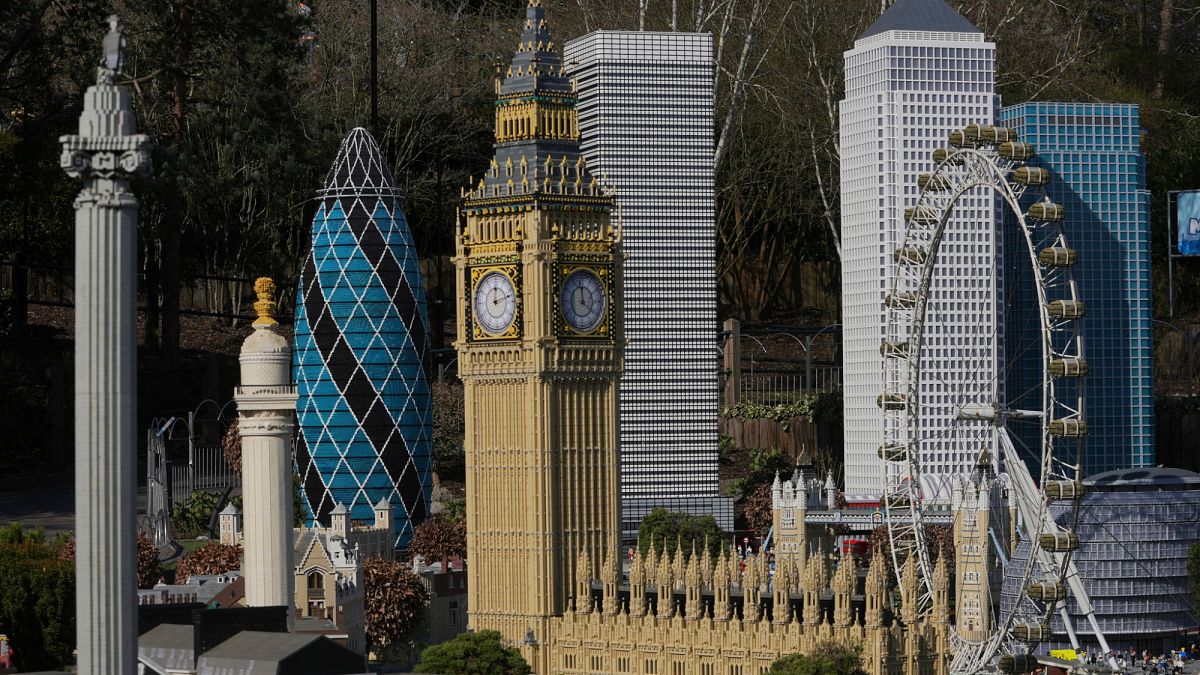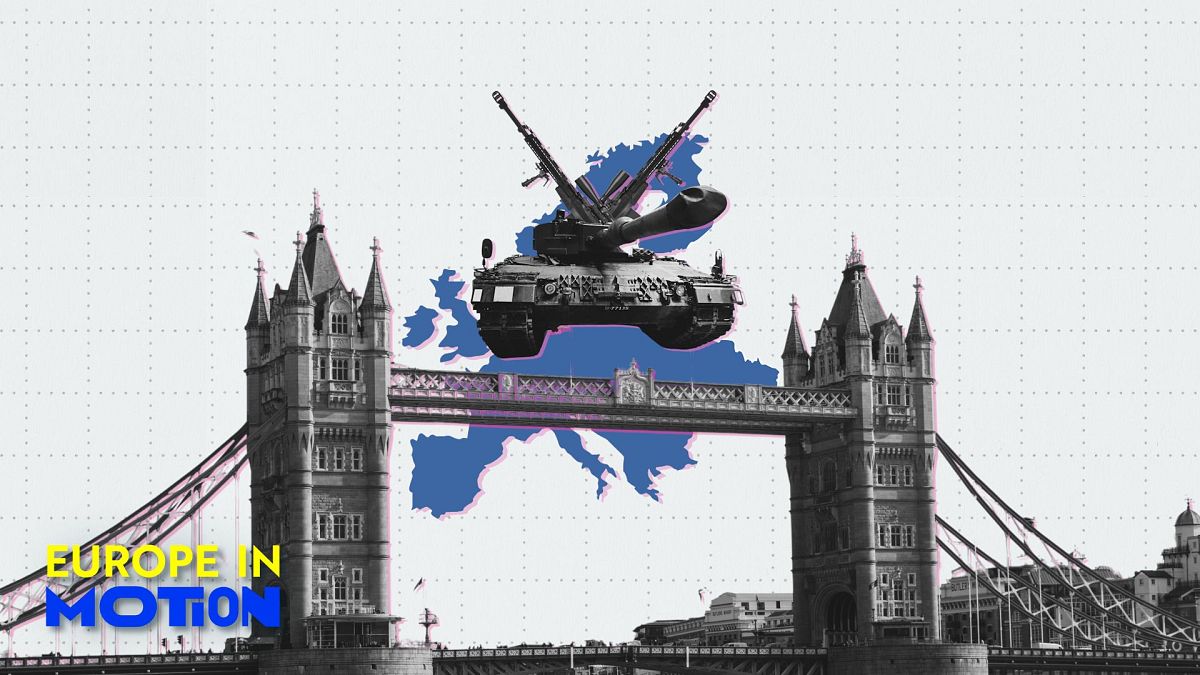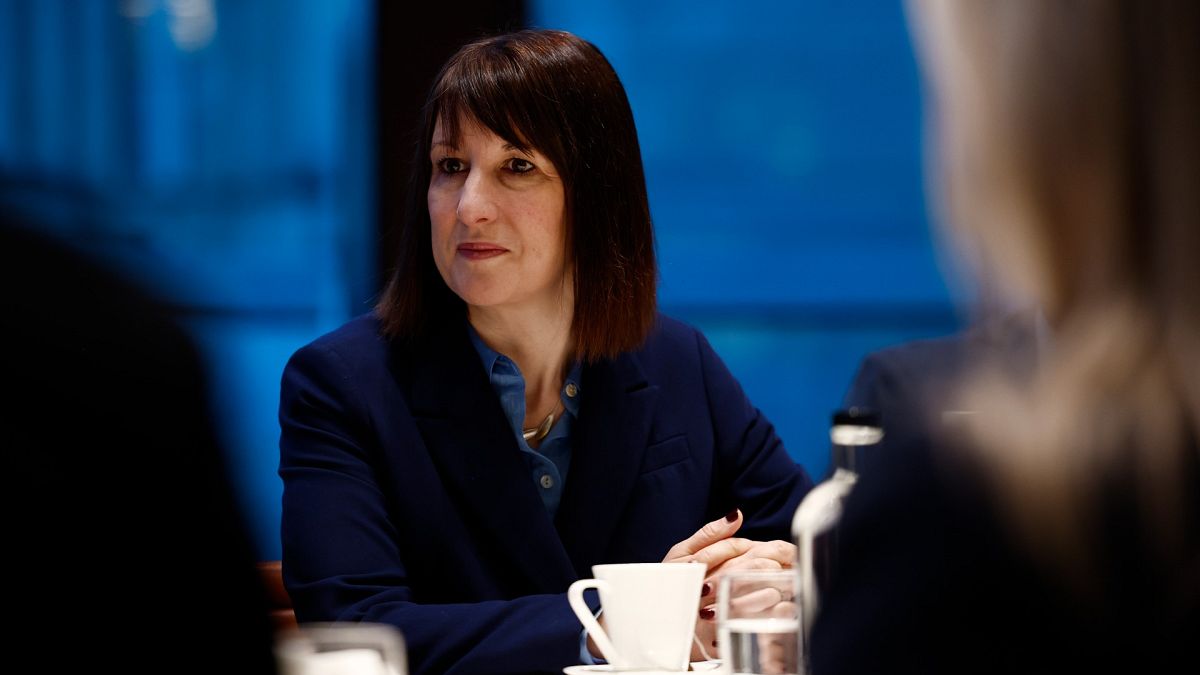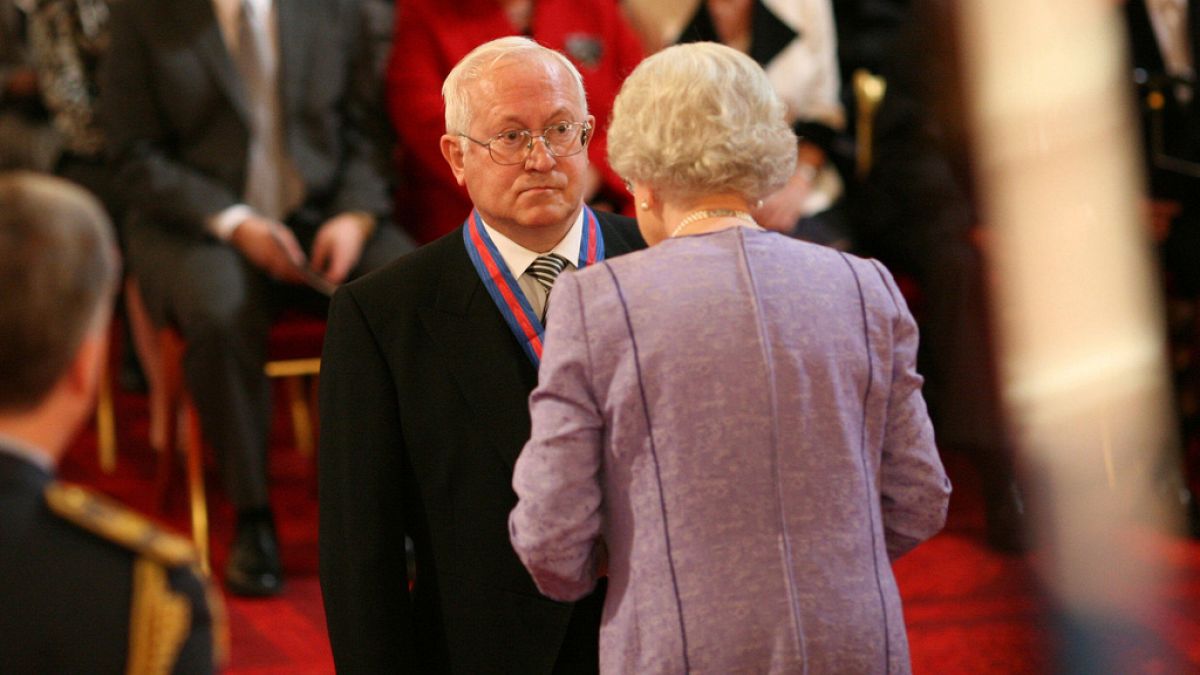Biden makes new rules for AI over safety concerns
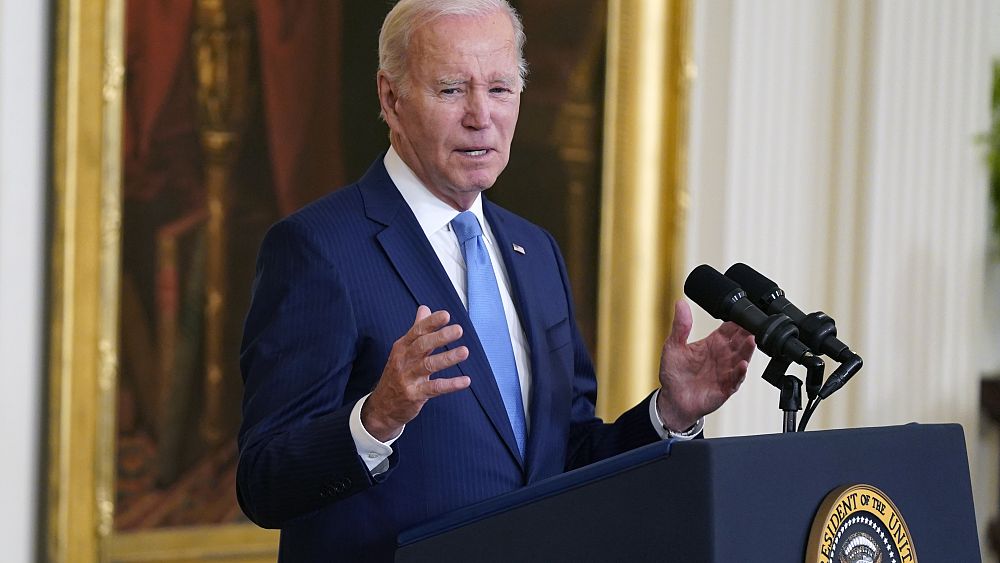
US president Joe Biden signs order to guide the development of AI.
US President Joe Biden on Monday will sign a sweeping executive order to guide the development of artificial intelligence — requiring industry to develop safety and security standards, introducing new consumer protections and giving federal agencies an extensive to-do list to oversee the rapidly progressing technology.
The order reflects the government’s effort to shape how AI evolves in a way that can maximize its possibilities and contain its perils. AI has been a source of deep personal interest for Biden, with its potential to affect the economy and national security.
White House chief of staff Jeff Zients recalled Biden giving his staff a directive to move with urgency on the issue, having considered the technology a top priority.
“We can’t move at a normal government pace,” Zients said the Democratic president told him. “We have to move as fast, if not faster than the technology itself”.
In Biden’s view, the government was late to address the risks of social media and now US youth are grappling with related mental health issues. AI has the positive ability to accelerate cancer research, model the impacts of climate change, boost economic output and improve government services among other benefits. But it could also warp basic notions of truth with false images, deepen racial and social inequalities and provide a tool to scammers and criminals.
The order builds on voluntary commitments already made by technology companies. It’s part of a broader strategy that administration officials say also includes congressional legislation and international diplomacy, a sign of the disruptions already caused by the introduction of new AI tools such as ChatGPT that can generate new text, images and sounds.
Using the Defense Production Act, the order will require leading AI developers to share safety test results and other information with the government. The National Institute of Standards and Technology is to create standards to ensure AI tools are safe and secure before public release.
The Commerce Department is to issue guidance to label and watermark AI-generated content to help differentiate between authentic interactions and those generated by software. The order also touches on matters of privacy, civil rights, consumer protections, scientific research and worker rights.
An administration official who previewed the order on a Sunday call with reporters said the to-do lists within the order will be implemented and fulfilled over the range of 90 days to 365 days, with the safety and security items facing the earliest deadlines. The official briefed reporters on condition of anonymity, as required by the White House.
Last Thursday, Biden gathered his aides in the Oval Office to review and finalize the executive order, a 30-minute meeting that stretched to 70 minutes, despite other pressing matters including the mass shooting in Maine, the Israel-Hamas war and the selection of a new House speaker.
Biden was profoundly curious about the technology in the months of meetings that led up to drafting the order. His science advisory council focused on AI at two meetings and his Cabinet discussed it at two meetings. The president also pressed tech executives and civil society advocates about the technology’s capabilities at multiple gatherings.
“He was as impressed and alarmed as anyone,” deputy White House chief of staff Bruce Reed said in an interview.
“He saw fake AI images of himself, of his dog. He saw how it can make bad poetry. And he’s seen and heard the incredible and terrifying technology of voice cloning, which can take three seconds of your voice and turn it into an entire fake conversation”.
The possibility of false images and sounds led the president to prioritize the labelling and watermarking of anything produced by AI. Biden also wanted to thwart the risk of older Americans getting a phone call from someone who sounded like a loved one, only to be scammed by an AI tool.
Meetings could go beyond schedule, with Biden telling civil society advocates in a ballroom of San Francisco’s Fairmont Hotel in June: “This is important. Take as long as you need.”
The president also talked with scientists and saw the upside that AI created if harnessed for good. He listened to a Nobel Prize-winning physicist talk about how AI could explain the origins of the universe. Another scientist showed how AI could model extreme weather like 100-year floods, as the past data used to assess these events has lost its accuracy because of climate change.
The issue of AI was seemingly inescapable for Biden. At Camp David one weekend, he relaxed by watching the Tom Cruise film “Mission: Impossible — Dead Reckoning Part One.” The film’s villain is a sentient and rogue AI known as “the Entity” that sinks a submarine and kills its crew in the movie’s opening minutes.
“If he hadn’t already been concerned about what could go wrong with AI before that movie, he saw plenty more to worry about,” said Reed, who watched the film with the president.
The global AI race
With Congress still in the early stages of debating AI safeguards, Biden’s order stakes out a US perspective as countries around the world race to establish their own guidelines. After more than two years of deliberation, the European Union is putting the final touches on a comprehensive set of regulations that targets the riskiest applications for the technology. China, a key AI rival to the US, has also set some rules.
UK Prime Minister Rishi Sunak also hopes to carve out a prominent role for Britain as an AI safety hub at a summit this week that Vice President Kamala Harris plans to attend.
The US, particularly its West Coast, is home to many of the leading developers of cutting-edge AI technology, including tech giants Google, Meta and Microsoft and AI-focused startups such as OpenAI, maker of ChatGPT. The White House took advantage of that industry weight earlier this year when it secured commitments from those companies to implement safety mechanisms as they build new AI models.
But the White House also faced significant pressure from Democratic allies, including labour and civil rights groups, to make sure its policies reflected their concerns about AI’s real-world harms.
The American Civil Liberties Union is among the groups that met with the White House to try to ensure “we’re holding the tech industry and tech billionaires accountable” so that algorithmic tools “work for all of us and not just a few,” said ReNika Moore, director of the ACLU’s racial justice program.
Suresh Venkatasubramanian, a former Biden administration official who helped craft principles for approaching AI, said one of the biggest challenges within the federal government has been what to do about law enforcement’s use of AI tools, including at US borders.
“These are all places where we know that the use of automation is very problematic, with facial recognition, drone technology,” Venkatasubramanian said. Facial recognition technology has been shown to perform unevenly across racial groups, and has been tied to mistaken arrests.
Source: Euro News


